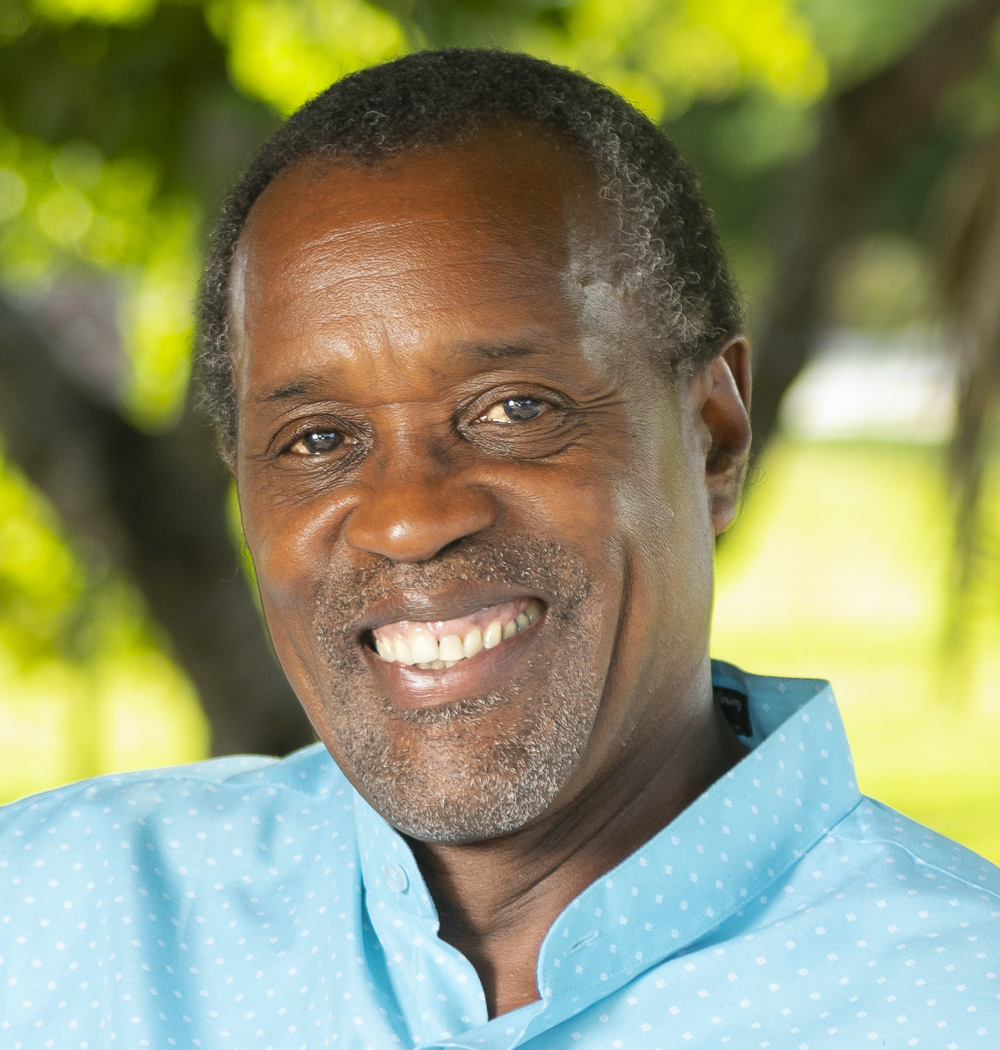Necessity is said to be the mother of invention and as we are certainly in a period of extreme necessity, we should see a multitude of inventions that can benefit our lives for decades. Clearly, institutions have responded with an array of services and technology to help us function safely during this pandemic. It is worth taking a moment to consider how and what aspects of these changes could be retained or advanced to improve our lives.

Universities have demonstrated that not all employees need to be on campus to be productive. Even if you do not want all employees operating remotely 100% of the time, why not consider a staggered or modified schedule that allows some portion of workers to function remotely while others are performing on campus? Metrics based on productivity or other standards would allow evidence to determine one’s eligibility to work remotely. This model offers several potential benefits and for more than just the institution:
- Institutions that require less office space will save on utility costs and will need smaller parking lots.
- If enough universities adopt this model, there will be fewer employee commuters, and this, along with the smaller footprint, could lead to lower carbon emissions.
- A reduction in the number of commuters leads to less traffic congestion and ultimately shorter commutes that result in fewer accidents, hospitalizations and loss of life, and less stress on our first responders.
- The hybrid office that combines in-house and remote employees offers more far-reaching and flexible modes of teamwork and collaboration.
There is evidence that these strategies, if employed post-pandemic, could reshape our environment. “Two new studies in AGU’s journal Geophysical Research Letters find nitrogen dioxide pollution over northern China, Western Europe and the U.S. decreased by as much as 60 percent in early 2020 as compared to the same time last year. Nitrogen dioxide is a highly reactive gas produced during combustion that has many harmful effects on the lungs. The gas typically enters the atmosphere through emissions from vehicles, power plants and industrial activities.”
With results like these, why would we not consider adopting some of our pandemic approaches and institutionalizing them to improve our environment? With an estimated 3 million-plus employees in higher education, a move in this direction could demonstrate education’s leadership to environmental improvement and sustainability. Who knows, if we reduce the per capita consumption of fossil fuels, it no longer becomes a zero-sum game of fossil fuels or no fossil fuels. While this author is in no way suggesting opening the spigot to deregulate the use of fossil fuels, an approach that reduces total consumption helps to reshape the debate about our collective usage.
Over the last 30 years, educators have seen their classrooms transformed with the addition of several generations of electronic and smart devices. The best of these devices allows for faculty to reach the students physically in the classroom and the ones who are further away. Yet, we make the distinction between online and face to face? Would it not be better to merge the modalities and give students more convenience and flexibility? Why, aside from the rules placed upon us by accreditors and the department of education, are we limiting our capabilities?
During this pandemic, many of the online courses, certainly at my institution, are offered in a synchronous manner. Students log on at the scheduled start time for the class. They operate as a normal classroom, except that they are not physically present in the same classroom. The instructor can see everyone who attends, and the students can see each other, if the appropriate protocols are established. In this setting, there is no “virtual” instruction. It is live. The only difference from what we typically expect is the classroom itself. There is simply a different modality. Why not keep the models we are developing? Expand and improve them and provide educators and students more flexibility in how they teach and learn?
When a student considers an upcoming topic to be particularly challenging, she may choose to drive to campus to be in person. When an employer requires a student to work an extra hour and it causes stress and ruins his schedule, he may choose to remain at his office and attend class. Many scenarios exist in which students and faculty would benefit by not being bound to a single physical space that is sometimes not very conducive to learning. We should give it some thought.
The pandemic caused a large, sudden shutdown of the American economy. We closed ranks to remain isolated and used a variety of alternatives to the way we commonly functioned. Much of the alternatives were already available, but pre-pandemic, we often ignored them because of our desire to stay with “normal” tried-and-true methods of operating. We have invented, created, implemented and grown used to new, different and sometimes better ways of accomplishing daily tasks.
As we open our economy and our lives in a post-pandemic era, we cannot retreat. Going back to the pre-pandemic strategies is a mistake. Let us embrace the relevant changes and provide more opportunities. They will lead to more convenience, flexibility and diversity and could help with environmental challenges while creating a stronger economy. We relish the notion that we have choices. Don’t go back to the pre-pandemic limits. The billions spent on upgrading our technological resources will only be wasted if we put the improvements back in the closet for storage.
Jonathan Gueverra is President and CEO of The College of the Florida Keys. An educator of more than 30 years, Gueverra has held numerous academic and leadership positions at colleges and universities on the East Coast.
[click_to_tweet tweet=””We have invented, created, implemented and grown used to new, different and sometimes better ways of accomplishing daily tasks. As we open our lives in a post-pandemic era, we cannot retreat.” –Jonathan Gueverra, The College of the Fla Keys” quote=””We have invented, created, implemented and grown used to new, different and sometimes better ways of accomplishing daily tasks. As we open our lives in a post-pandemic era, we cannot retreat.” –Jonathan Gueverra, The College of the Fla Keys”]







